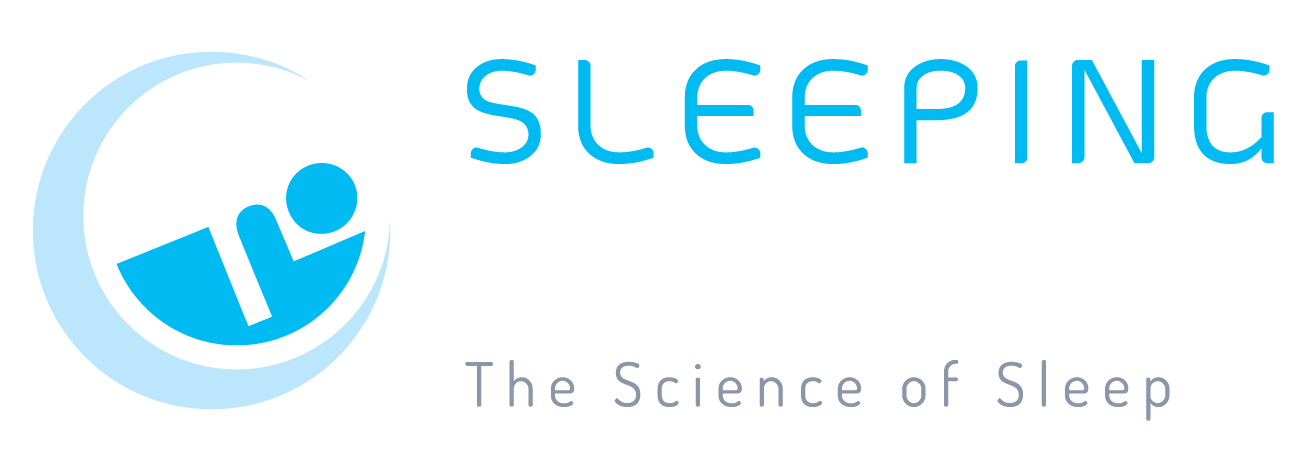CPAP Therapy in Malaysia for Sleep Apnea
Home » CPAP Therapy in Malaysia for Sleep Apnea

Continuous Positive Airway Pressure (CPAP) therapy is one of the most common and effective treatments for Obstructive Sleep Apnea (OSA). This condition, prevalent in Malaysia, causes your breathing to stop and start repeatedly during sleep.
The effectiveness of CPAP therapy begins with a professional diagnosis to ensure the treatment is correctly tailored to your needs. Once a personalised treatment plan is in place, a CPAP machine delivers a constant stream of air through a mask, keeping your airway open throughout the night. This non-invasive solution can significantly reduce the symptoms of sleep apnea, allowing you to get the restful sleep you need.
What is CPAP Therapy and How Does It Work?
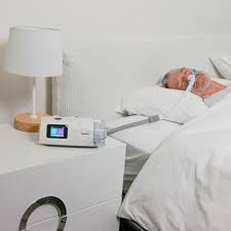
CPAP therapy utilises a medical-grade air pump — also known as a Continuous Positive Airway Pressure device or a CPAP machine — to maintain a constant flow of pressurised air. This air travels through a flexible tube to a mask that is worn over the nose or mouth during sleep.
The gentle air pressure acts as a non-invasive pneumatic splint, keeping the upper airway and throat from collapsing. This mechanism is crucial because it directly prevents the muscle collapse that causes the breathing pauses and choking common in sleep apnea, ensuring you receive uninterrupted, restorative rest.
Benefits of Using a CPAP Machine for Sleep Apnea
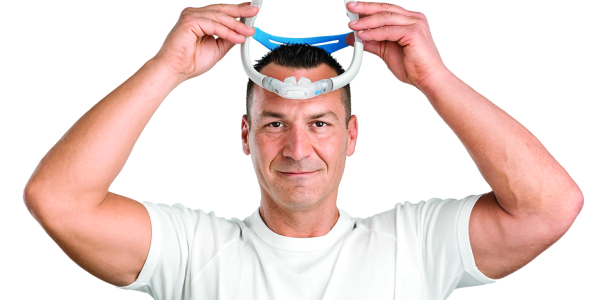
Using a CPAP machine offers significant medical and lifestyle benefits for individuals with sleep apnea. These include:
- Improved Oxygen Levels: The continuous airflow ensures your body receives adequate oxygen throughout the night. This prevents repeated drops in blood oxygen levels, reducing the strain on your heart and other organs.
- Reduced Snoring: The pressurised air keeps the airway open, eliminating the vibration of throat tissues that cause snoring. This not only benefits your sleep quality but also that of your partner.
- Better Sleep Quality: By preventing breathing pauses and the associated disruptions, a CPAP machine allows you to experience a deeper, more restorative sleep cycle. This combats daytime fatigue and improves overall energy levels.
- Lowered Health Risks: Consistent CPAP therapy can significantly reduce the risk of serious health complications. This includes lowering blood pressure and decreasing the risk of hypertension, heart disease and stroke that are often linked to untreated sleep apnea.
CPAP vs BiPAP vs APAP: Which One Do You Need?
When you begin CPAP therapy, choosing the right equipment is crucial for both comfort and effectiveness. While all three devices — CPAP, APAP and BiPAP — are forms of Continuous Positive Airway Pressure devices, they differ significantly in how they deliver air pressure.
Understanding these differences can help you and your healthcare provider select the best option for your specific needs:
| Device | Pressure Delivery | Best For |
|---|---|---|
| CPAP | Delivers a single, constant pressure level throughout the night. | Most common and effective for standard Obstructive Sleep Apnea (OSA). |
| APAP | Automatically adjusts pressure within a set range to meet your changing breathing needs. | Ideal for individuals whose pressure needs vary throughout the night or when their sleeping position changes. |
| BiPAP | Delivers two distinct pressure levels: a higher one for inhalation (IPAP) and a lower one for exhalation (EPAP). | Prescribed for more complex cases of sleep apnea or respiratory issues, as it makes breathing feel more natural and comfortable. |
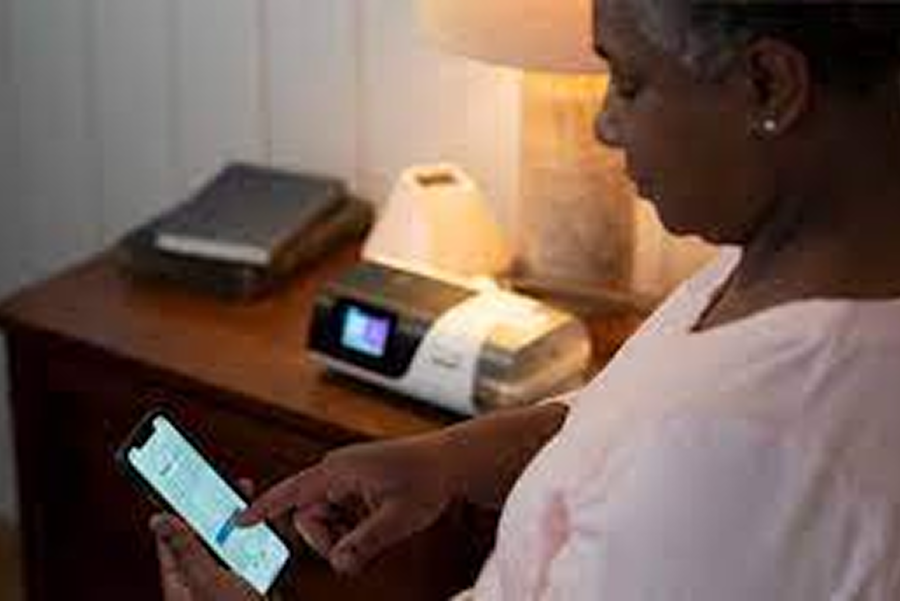
Is CPAP Therapy Right for You?
While CPAP therapy is the leading treatment for sleep apnea, its suitability is not universal. CPAP therapy is most effective for individuals with moderate to severe OSA, as it directly addresses the significant airway obstruction that causes their symptoms.
However, some people may find it challenging to comply with the treatment, often due to discomfort from the mask. In these cases — or for individuals with very mild sleep apnea — alternative solutions may instead be more suitable.
If you’re concerned about your options or you struggle with the mask, it’s important to discuss this with a professional. A sleep specialist can work with you to find a personalised solution that’s ideal for your needs, ensuring you get the restorative sleep you need.
Common CPAP Challenges and Machine Maintenance
Starting CPAP therapy can come with a few common challenges, but most have simple and effective solutions. Some of these challenges include:
1. Mask Discomfort or Irritation
Mask discomfort is a frequent issue, often leading to red marks or pressure sores. The solution involves finding the right mask type — like nasal, nasal pillows or a full-face mask — that best suits your face shape. You can also use nasal pads to protect the bridge of your nose or try a memory foam cushion for sensitive skin, both of which reduce direct contact and irritation.
2. Air Leaks
Air leaks happen when the mask doesn’t create a proper seal, which reduces the therapy’s effectiveness. It’s crucial to ensure your mask is snug, but not overtightened, and that your headgear is adjusted correctly. Regularly checking for wear and tear and replacing worn components can also prevent leaks and ensure the pressurised air from your CPAP machine is being delivered properly.
3. Dryness or Irritation
Many users experience a dry nose or throat due to the constant airflow from their CPAP machine. A simple fix is to use a heated humidifier, which warms and adds moisture to the air. You can also adjust the humidity settings or use a saline nasal spray for temporary relief, especially if you have a cold or the flu.
4. Claustrophobia or Anxiety
Feeling claustrophobic or anxious when using a mask is a common hurdle for new users. To overcome this, start by wearing the mask for short periods while you’re awake, like when watching TV, to get used to the sensation. The sleep onset detection (AutoRamp) function can also help by starting with gentle air pressure and gradually increasing it as you fall asleep.
1. Mask Discomfort or Irritation
- Issue: Mask discomfort is one of the most common challenges, which can include pressure sores, red marks, skin irritation, or a mask that doesn’t fit properly.
- Solutions:
- Choose the Right Mask: Try different types of masks (nasal, nasal pillows, or full-face masks) to find the most comfortable fit.
- Proper Fit: Recheck both mask fit and headgear tension to make sure the mask is snug but not too tight against your face. Consult with your CPAP supplier for proper fitting.
- Use Nasal Pads: Consider using nasal pads to reduce skin irritation. You stick the transparent pads to the bridge of your nose before putting on your mask to prevent the silicone cushion from coming into direct contact with your skin. The pads are simple and painless to apply and take off and they’ll protect the bridge of your nose while you sleep.
- Use a memory foam cushion: If you have sensitive skin, a memory foam cushion can be a good alternative to a standard silicone design. The soft, breathable memory foam feels light against the skin and molds the unique contours of your face while you sleep.
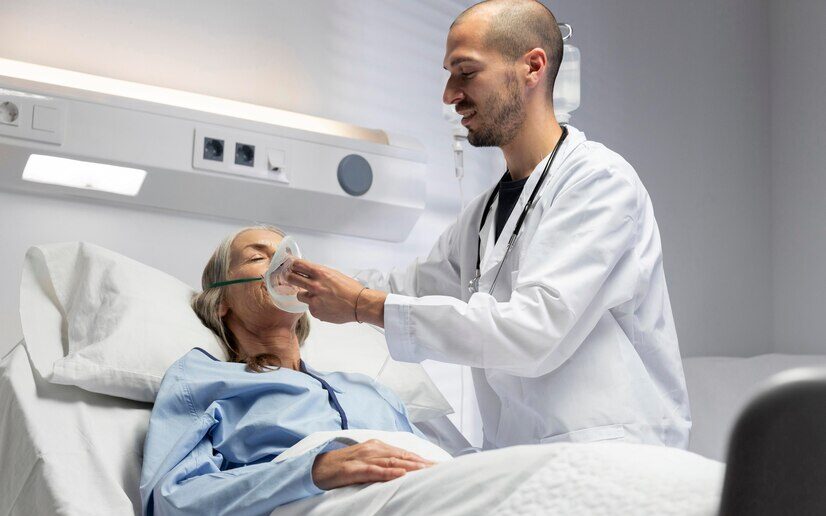
Expert CPAP Consultation at Sleeping Lab
Choosing The Sleeping Lab for your CPAP therapy means you’re getting comprehensive support from trained sleep specialists. We use advanced diagnostic equipment to ensure a precise diagnosis, and we provide local, hands-on support for device setup. Our experts are here to help you get comfortable with your CPAP machine from day one, with a focus on long-term success.
We also schedule regular check-ins to monitor your progress, fine-tune your personalised pressure settings and address any issues you may have. This ensures your therapy remains comfortable and effective, helping you get the restorative sleep that you deserve.
Frequently Asked Questions About CPAP Therapy and Machines
A Continuous Positive Airway Pressure (CPAP) machine is a device that delivers a constant stream of pressurised air through a mask. This airflow acts as an "air splint," keeping your airway open throughout the night to prevent the breathing pauses associated with sleep apnea.
CPAP therapy provides a reliable way to manage sleep apnea, preventing breathing interruptions and snoring. This allows you to achieve deeper, more restorative sleep, which in turn combats daytime fatigue, improves your energy levels and lowers your risk of related health complications.
While some people may find it challenging to adjust to wearing a mask at first, CPAP therapy is not inherently uncomfortable. The key is to find the right mask and a proper fit, as well as to use features like a humidifier to address any dryness. With time and patience, most people get used to their machine and find it comfortable for nightly use.
The side effects of using a CPAP machine are typically mild and manageable. The most common issues include a dry nose or throat, nasal congestion or skin irritation from the mask. These can often be resolved by adjusting the humidifier settings or mask fit.
CPAP therapy is a long-term solution, and it is most effective when used nightly for the entire duration of your sleep. Consistent use helps manage your sleep apnea symptoms and prevents them from returning.
No, CPAP therapy is not a type of oxygen therapy. A CPAP machine uses regular room air to keep your airway open. While it improves oxygen saturation by preventing breathing pauses, it does not add supplemental oxygen.
A BiPAP machine is typically prescribed for more complex cases of sleep apnea. You should not use a BiPAP machine instead of a CPAP machine unless it has been recommended by a sleep specialist or doctor.
Proper maintenance is crucial for the effectiveness and longevity of your device. You should clean your mask daily, wash the tubing weekly and regularly replace the air filter as recommended by the manufacturer.
2. Support and Guidance
- Regular Check-ins with Your Healthcare Provider: If you’re having trouble with CPAP therapy, don’t hesitate to reach out to your provider for support. They can adjust settings, help with mask fitting, or troubleshoot any issues you’re experiencing.
- CPAP Supplies and Replacement Parts: Stay ahead of replacement schedules for parts like masks, filters, and tubing.
- Support Groups and Resources: There are numerous online support groups and resources where you can learn tips, share experiences, and get advice from others using CPAP therapy.
3. Dryness or Irritation
- Issue: Many CPAP users experience dryness in their nose or throat. These can be caused by the dry, cold pressurised air from your CPAP machine, or if you have mask and/or mouth leaks.
- Solutions:
- Use a Heated Humidifier: A heated humidifier can warm and add moisture to the air before it reaches the mask, helping reduce dryness in the nasal passages and throat.
- Increase Humidity Settings: If you already have a humidifier, adjust the humidity level to a higher setting for comfort.
- Saline Nasal Spray: Saline nasal spray and decongestants can also help with a blocked or stuffy nose. They can be particularly useful if the problem is temporary, for example because you’re suffering from a cold or flu.
- Breathe Through Your Nose: A dry mouth can be caused by mouth leak. If you breathe through your mouth, consider using a full-face mask, or talk to your doctor about a chin strap to help keep your mouth closed.
4. Claustrophobia or Anxiety
- Issue: Some people feel claustrophobic or anxious when first using a CPAP mask.
- Solutions:
- Gradual Adjustment: Start using the mask for short periods while awake (e.g., watching TV) to get used to the sensation. As you become acclimatised to your mask and to therapy, you should feel less claustrophobic.
- Use the sleep onset detection (AutoRamp) function: Sometimes the issue is less about the mask itself and more about the feeling of pressurised air coming through it. If that’s the case, you can activate AutoRamp so your CPAP machine delivers gentle air pressure when you turn on your device and then gradually increases to your prescribed therapy pressure when you fall asleep.
- Use Relaxation Techniques: Practice deep breathing or relaxation exercises to help reduce anxiety before bedtime.
- Try a Different Mask Style: For some people, the shape and size of a CPAP mask can feel a little intimidating. If a full-face mask feels too uncomfortable, try a nasal mask or nasal pillows.
What Our Customer Say

Lorem ipsum dolor sit amet, consectetur adipiscing elit, sed do eiusmod tempor incididunt ut labore et dolore magna aliqua. Ut enim ad minim veniam, quis nostrud exercitation ullamco laboris nisi ut aliquip ex ea commodo consequat
Makenna Frye
CEO of Lorem ipsum

Lorem ipsum dolor sit amet, consectetur adipiscing elit, sed do eiusmod tempor incididunt ut labore et dolore magna aliqua. Ut enim ad minim veniam, quis nostrud exercitation ullamco laboris nisi ut aliquip ex ea commodo consequatLorem ipsum dolor sit amet, consectetur adipiscing elit, sed do eiusmod tempor incididunt
Makenna Frye
CEO of Lorem ipsum

Lorem ipsum dolor sit amet, consectetur adipiscing elit, sed do eiusmod tempor incididunt ut labore et dolore magna aliqua. Ut enim ad minim veniam, quis nostrud exercitation ullamco laboris nisi ut aliquip ex ea commodo consequat
Makenna Frye
CEO of Lorem ipsum

Lorem ipsum dolor sit amet, consectetur adipiscing elit, sed do eiusmod tempor incididunt ut labore et dolore magna aliqua. Ut enim ad minim veniam, quis nostrud exercitation ullamco laboris nisi ut aliquip ex ea commodo consequat
Makenna Frye
CEO of Lorem ipsum
Book Your CPAP Consultation with Sleeping Lab
Ready to take control of your sleep health? Book a complimentary consultation or a personalised trial with our sleep clinic in Malaysia to find the perfect CPAP machine for you!

